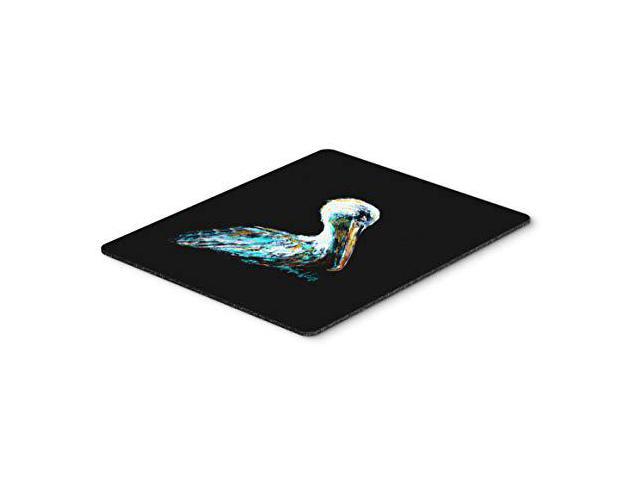Pseudolite measurements typically contain cycle slips and other errors that can affect reliability. Past work relied on the receiver-reported signal-to-noise (SNR) value to determine whether or not a cycle slip occurred. However it has been shown that even when the SNR is relatively high, a cycle clip can occur. To reduce the error in the pseudolite measurements, the pseudolite system was integrated with an inertial navigation system (INS). The integrated system detects failures through residual monitoring using a likelihood function. Integrating the inertial sensor provides a means for a filter to maintain the reliability of the pseudolite data which, in turn, increases the integrity of the resulting navigation solution. An experiment was conducted using six pseudolites and a ground vehicle equipped with a pseudolite receiver, and both a commercial-grade and tactical-grade inertial systems. Results from this experiment have shown cycle slips in the carrier phase measurements were detected and corrected using both commercial-grade and tactical-grade INS, but that performance, in terms of probability of detection and time to detect, was improved with the higher quality inertial data.















